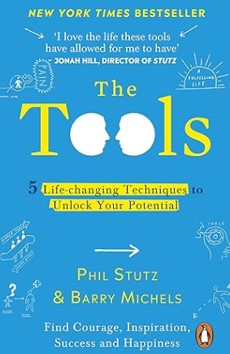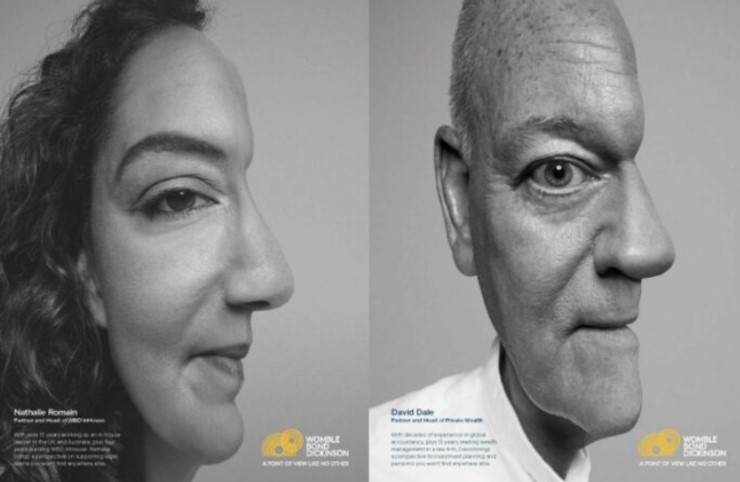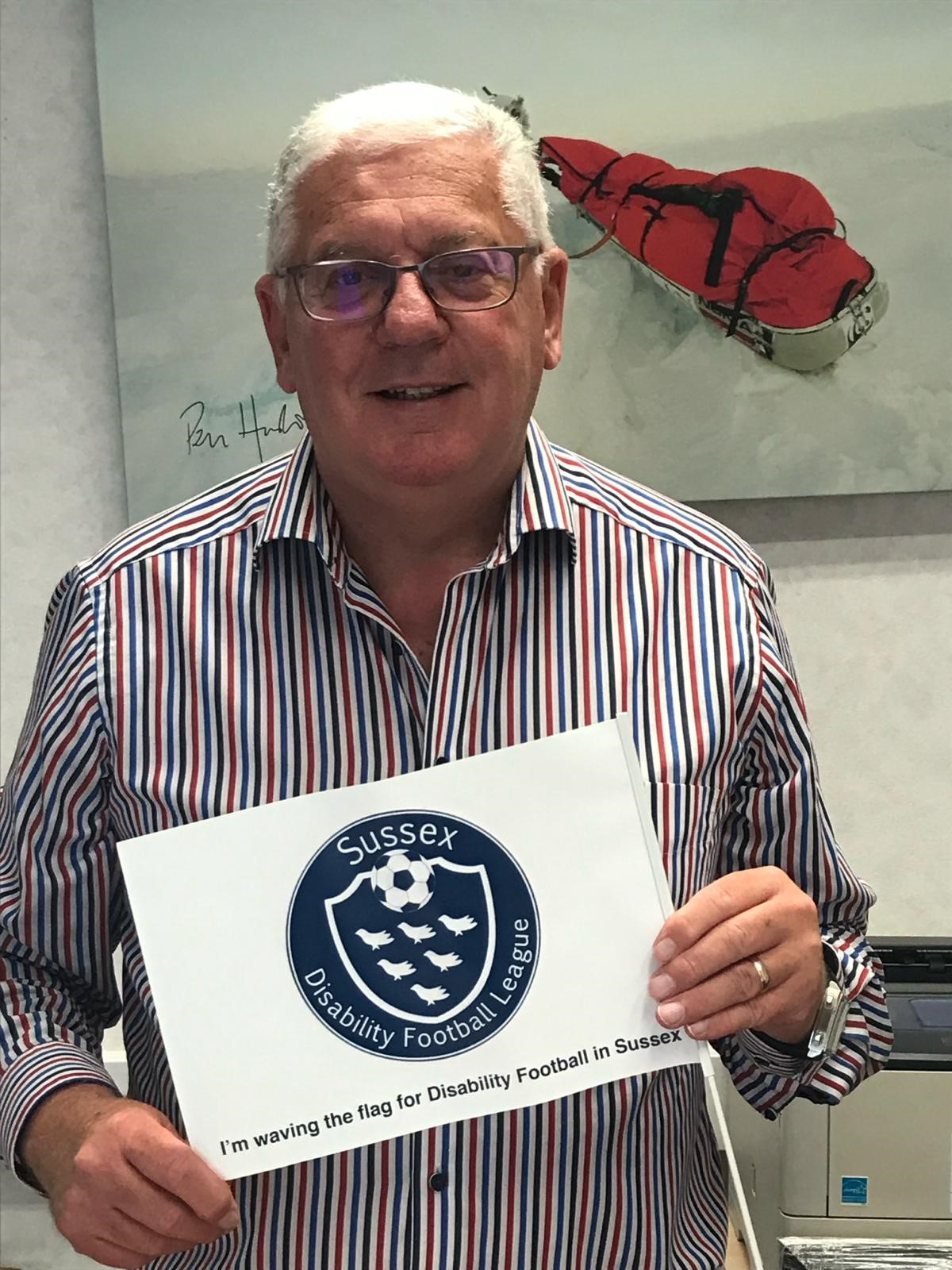We all need to update our knowledge and as it is a very long time since I did my MBA I went along to the offices of McGraw-Hill in Canary Wharf on Monday to get my brain cells working like an MBA student again.
Banking sector
Dr Peter Hahn (Cass Business School) got things off to a lively start with his lecture “Banks are changing – How you might prepare?”. I admit that I didn’t think that I would find this particularly relevant or interesting but it is testimony to his great speaking skills that I remained engaged throughout. He considered the “bloated model” of banks before the crash and summarised the economic, corporate finance and regulatory issues that rocked the sector.
He then looked at retail, wholesale and investment sectors in turn. His comments about the excess capacity, consolidation, channel movement and the drive to increase efficiency – and the likely move to the Ryanair model where everything is charged separately – made me wonder about parallels in the legal sector. He forecast that as consumers we can all expect to be charged more and will need to shop around and that the City of London needs to become like an offshore centre.
Innovation
Dr Christian Van Der Hoven (Cranfield School of Management) was the speaker for whom I had attended. He had sent out an advanced paper with a 6D model of innovation’s contribution to the growth strategy which was extremely good.
He started with references to Harvard’s Clayton Christensen and went on to outline that growth can come from core business, adjacent clients and “white space” (new markets). I liked his comment that “no one gets fired for turning down a project” as he explored the difference between incremental sustaining and disruptive innovations, underserved and over served clients and the dangers of outsourcing and failing to protect intellectual property (again, the parallels to the professions were acute).
His use of L’Oreal’s chairman’s quote that “Consumers don’t tell you what they need, you’ve got to guess” was a nice update to Ford’s “If you asked customers what they wanted they would have said faster horses” to dispel the idea that research alone would help, although his use of hidden needs analysis was interesting. He shared research to show the order in which companies typically focused innovation (products, customer experience, business process, manufacturing process and technology) and indicated the value at looking at innovation in the business model (again, more insights for the professions) as well as lock-in and lock-out strategies for key resources.
The most valuable illustrations were the use of product attribute analysis to identify different ways to innovate with case studies from F1 Hotels and Cirque Du Soleil. He stressed the need to think of the customer’s customer – another good message for the professions – and to consider new measures of satisfaction, new segments, relationships and channels.
Entrepreneurship Journey
An extremely young Greek Professor Vangelis Souitaris (Cass Business School) had sent out a case study in advance of an innovative wine preservation gadget and how the entrepreneur set about raising finance, organising manufacturing and marketing the product.
With only one visual aid (a flipchart to analyse the market/buyers and industry/sellers against macro and micro issues) he led the delegates through an animated discussion of the decisions made by the entrepreneur – and some of the alternatives. This included sources of finance, methods to monetise ideas, the correct balance of sub-contractors, the credibility carousel, purchasing strategies (“Never buy what you can rent, never rent what you can borrow, never borrow what you can get for free”), revenue streams from consummables and low cost marketing strategies. Sadly, the company in the case study “fell into the chasm” – and the general view was that this was because a) there was insufficient market research up front and b) the entrepreneur didn’t build a team around him and took too long to get to market.
Executive Coaching – Where are we now?
Possibly because I am a psychologist and a qualified/experienced coach/mentor, I wasn’t terribly impressed with this session by Dr Patricia Bossons from Henley Business School. She asked the audience about their key questions and the usual assortment of rescue vs ditch, remedial vs high performance, training vs coaching, coaching vs counselling, changing self vs changing others and coaching teams (and virtual teams) were raised.
She offered a diagram showing how coaching borrows from psychotherapy, sports psychology, NLP and management theory and science. I was irked about questions and discussions on whether females were more drawn to coaching than males and the handling of the boundaries between psychology and coaching and left before she walked delegates through John Whitmore’s GROW model.
It was a really nice touch that AMBA staff wandered around with recorders asking delegates for their views – so that these recommendations can be used to promote future events. Incredibly, this extremely high quality and well organised event was free for AMBA members. I’m looking forward to the next one.









